Virtualization is a journey that the telecoms industry has been on for several years to transform network functions into virtual network functions (VNFs). The VNF software is then decoupled from the […]

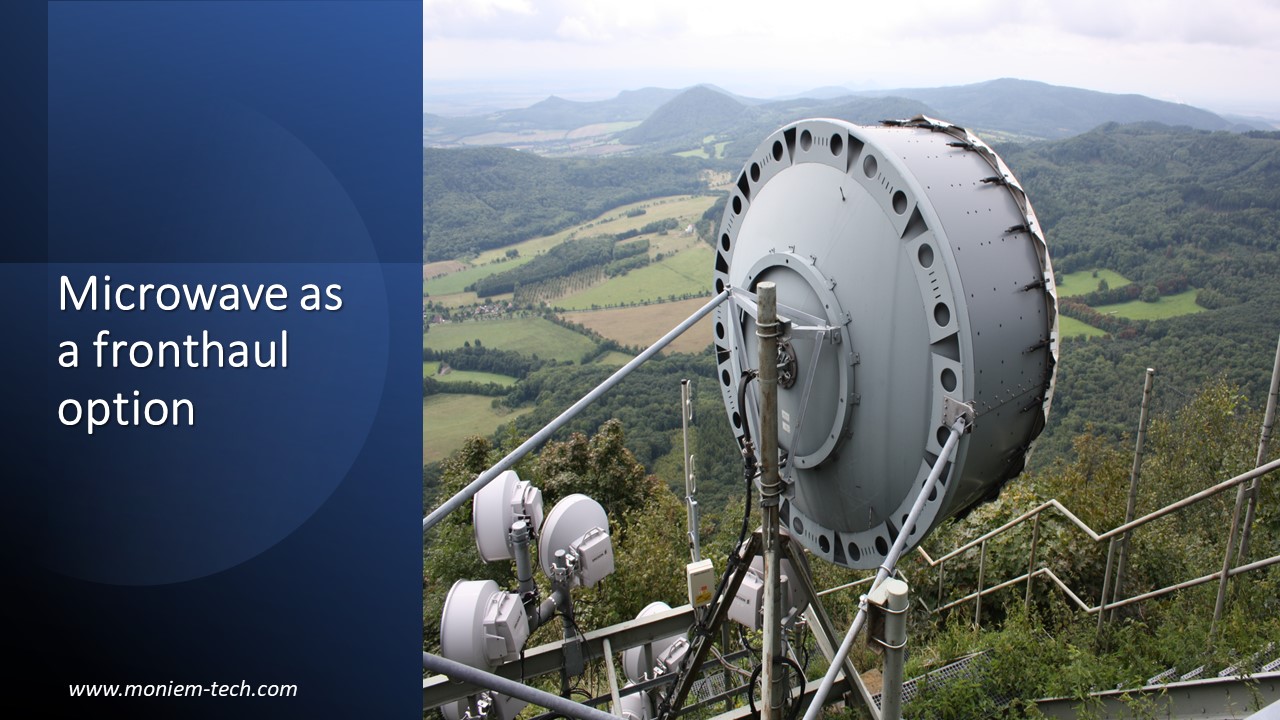
First, we need to understand the definition of Fronthaul. Fronthaul is the transmission connection between the Radio Frequency (RF) module and the baseband processing Unit (BBU) in the mobile wireless […]

Going from expectations to reality means Open RAN is on the right road to go from reality to expectations. It’ll take some time and needs more cooperation between MNOs and […]

vRAN and OpenRAN are not new generations like 4G, 5G, or even 6G. It’s a new way of implementing of access domain in a new way helping at the end […]

When we’re discussing vRAN and Open RAN topics, we’ll find ourselves facing some questions about the performance and cost. The highly common question is ” Can virtualized RAN deliver the […]

Virtualized radio access networks (vRANs) are a way for telecommunications operators to run their baseband functions as software. One of the primary benefits of virtualizing radio access networks (RANs) is […]
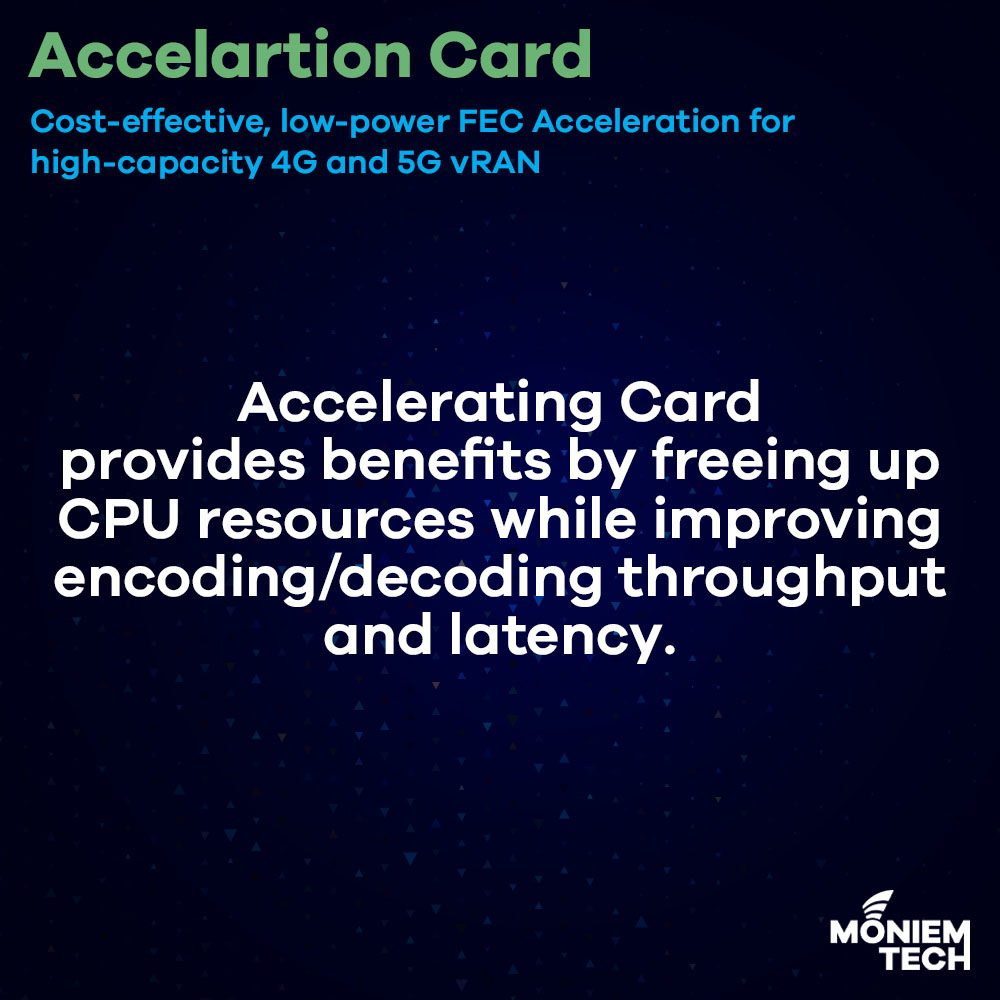
On the road to 4G and 5G, MNO (Mobile Network Operators (MNOs) started to think of vRAN (Virtual RAN) and Open RAN, the main difference between them you can find […]
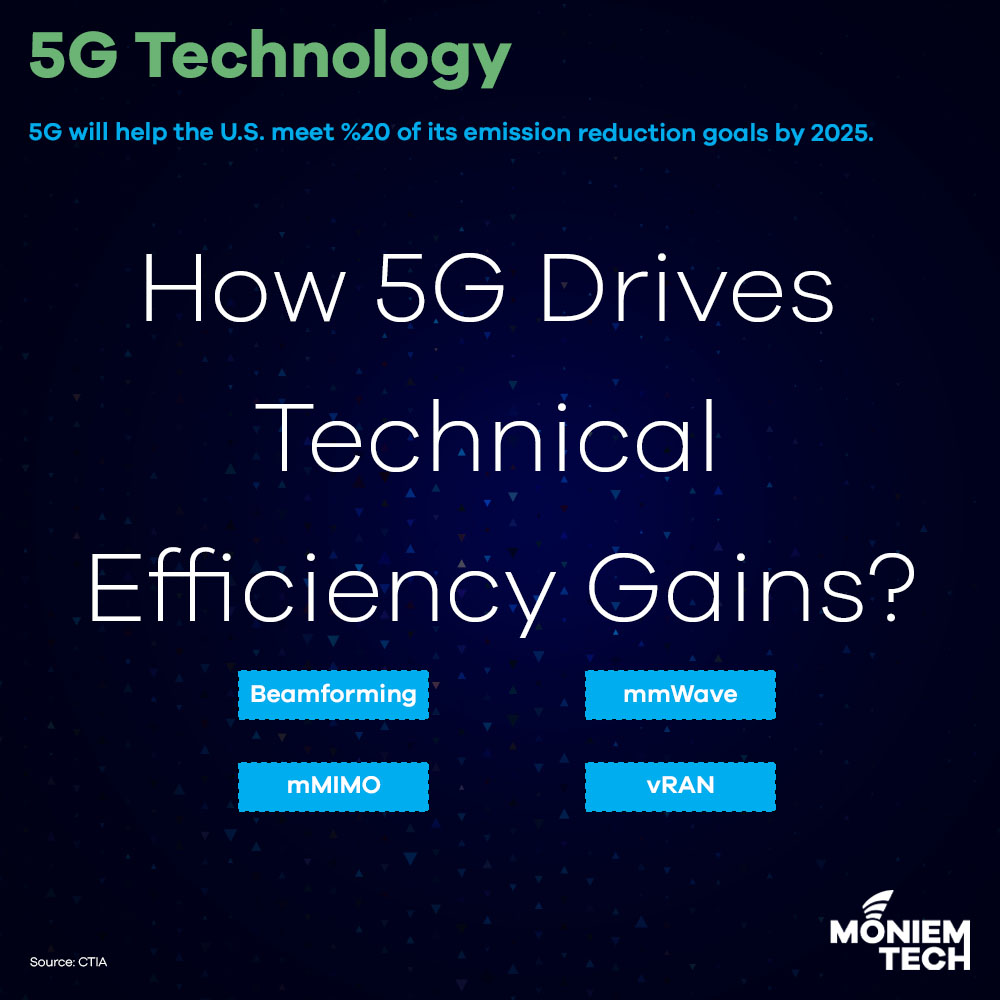
5G builds upon existing network infrastructure to handle the increased demand for data in an interconnected society. It is transforming industries and is changing the way businesses and consumers use […]
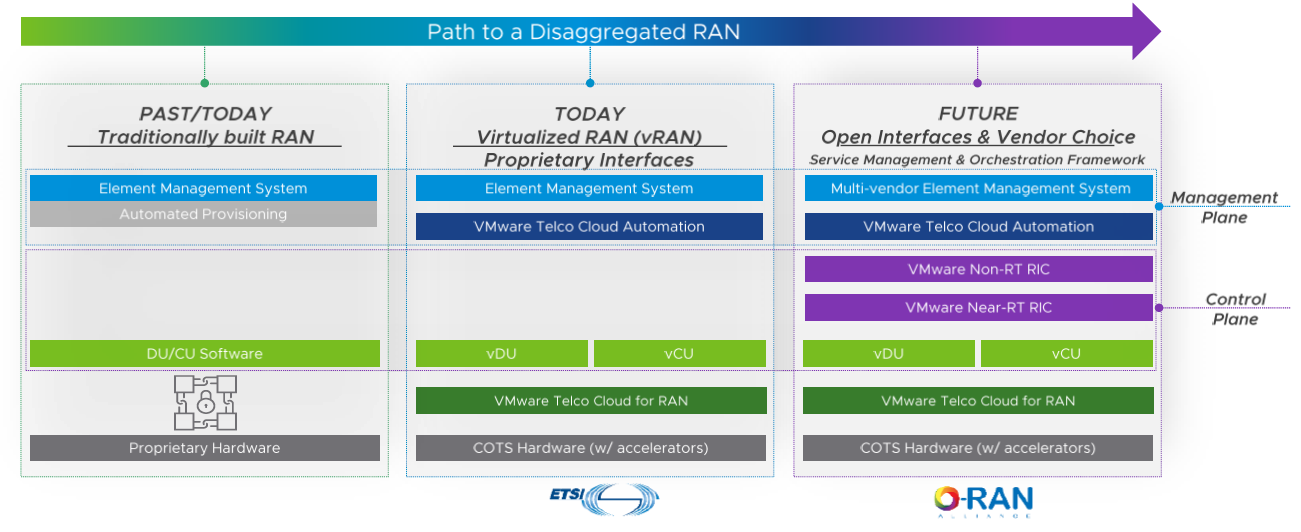
The Road to Open RAN is not easy one, there are a series of steps should be taken before migration or starting design the network architecture based on Open RAN. […]

Open RAN has gained prominence in the last few years due to ongoing trends towards openness and disaggregation in the mobile network operator (MNO) space and spurred by recent geopolitical […]
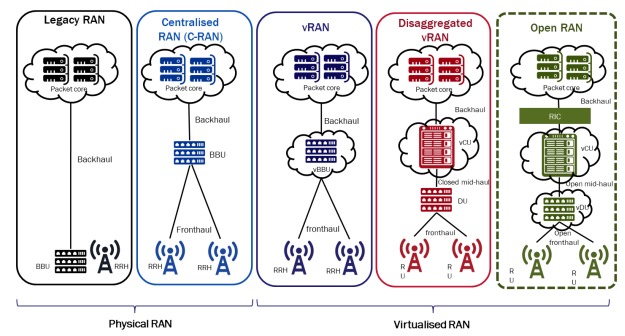
It is important to distinguish between vRAN and Open RAN Virtualization is a journey that the telecoms industry has been on for several years to transform network functions into virtual […]
